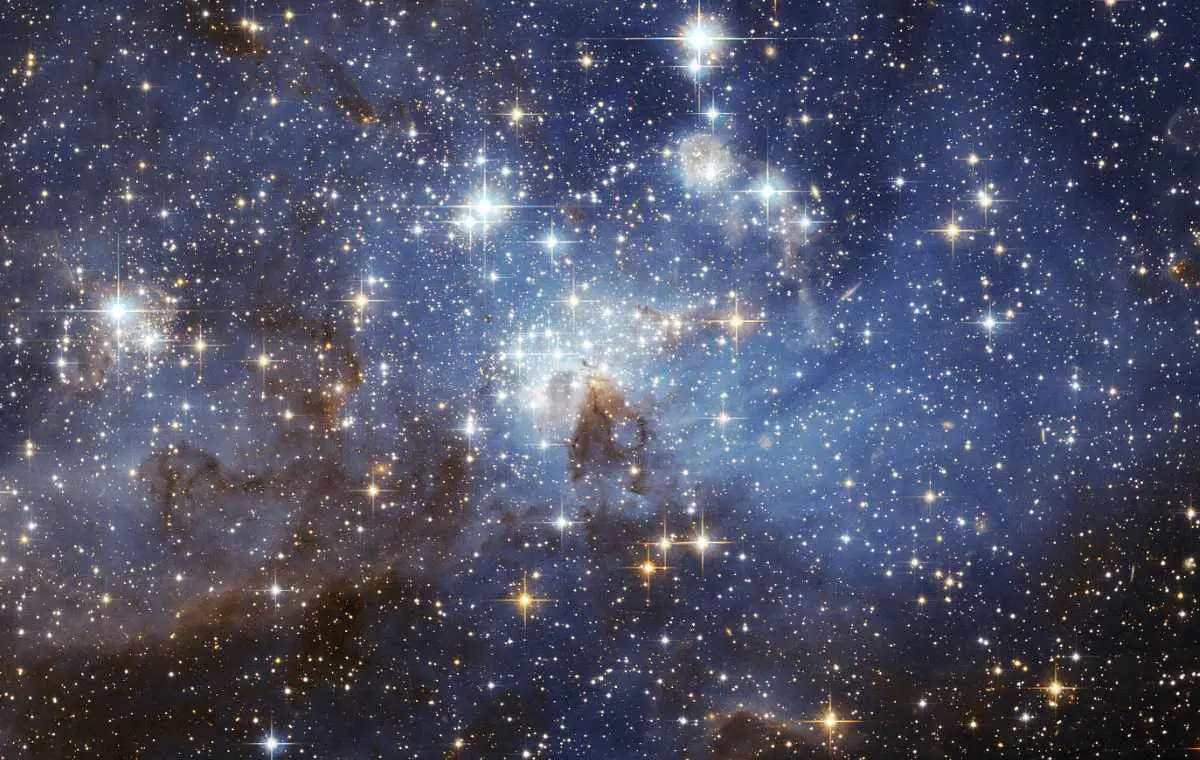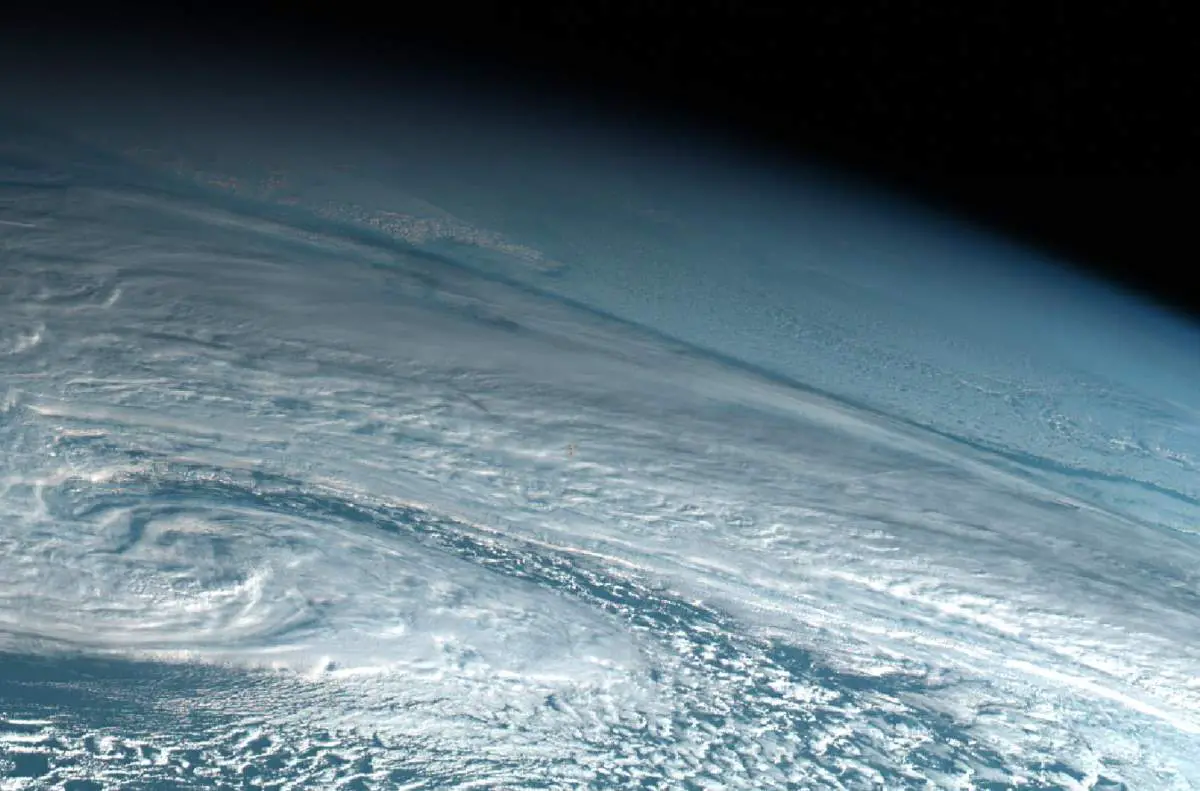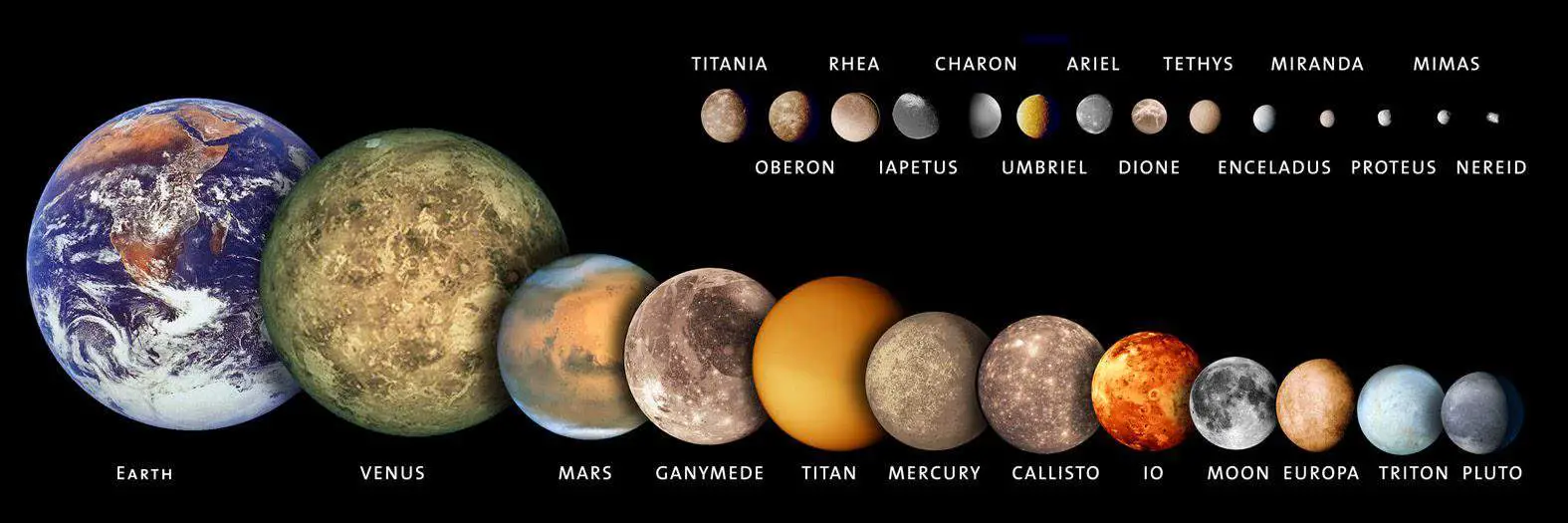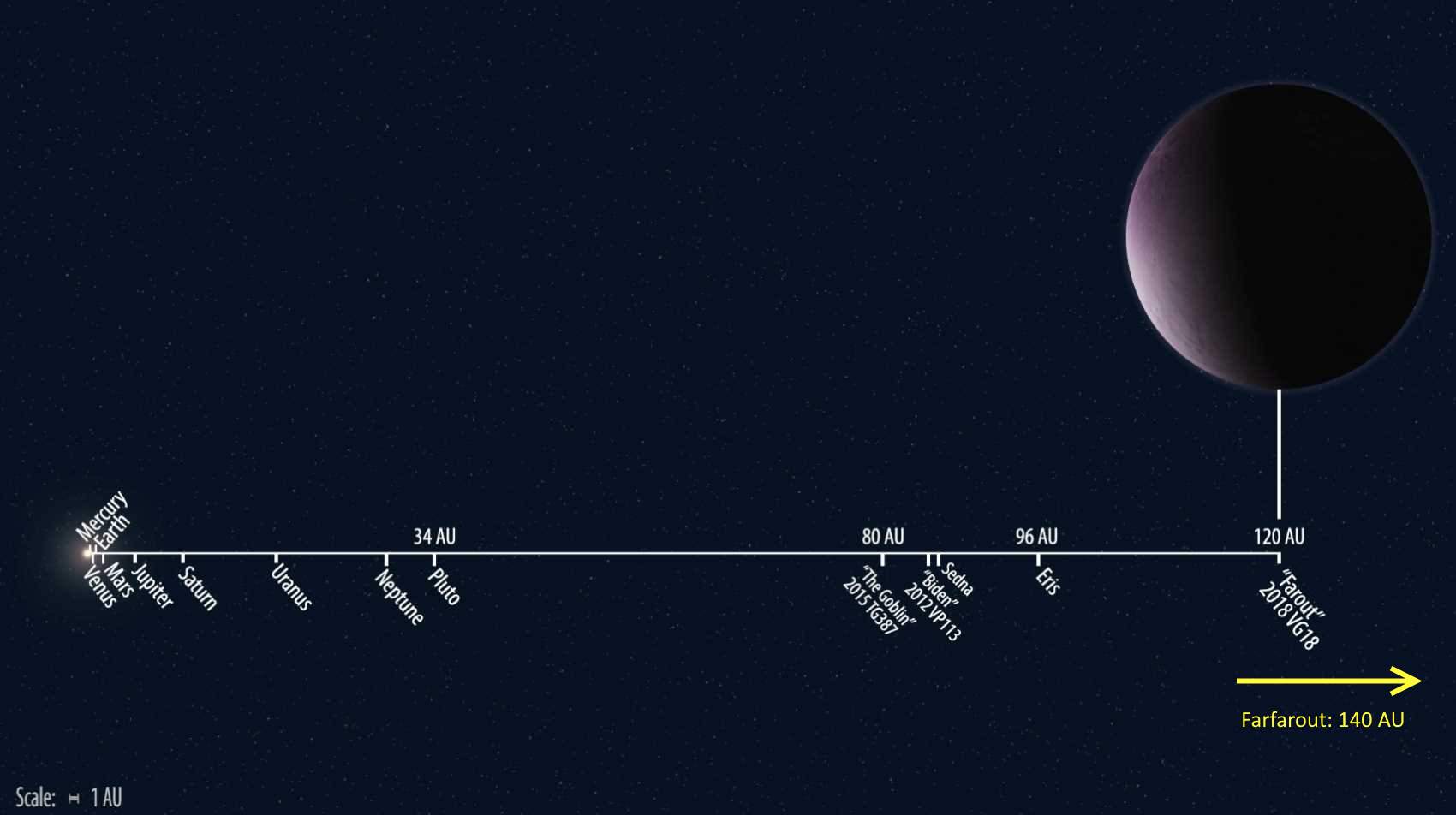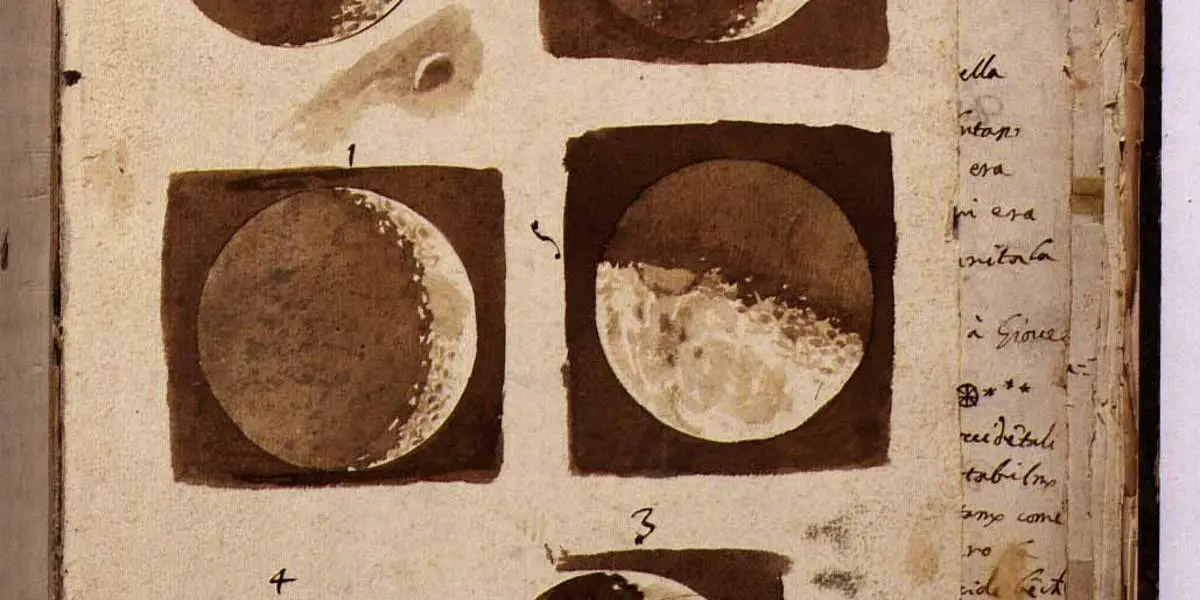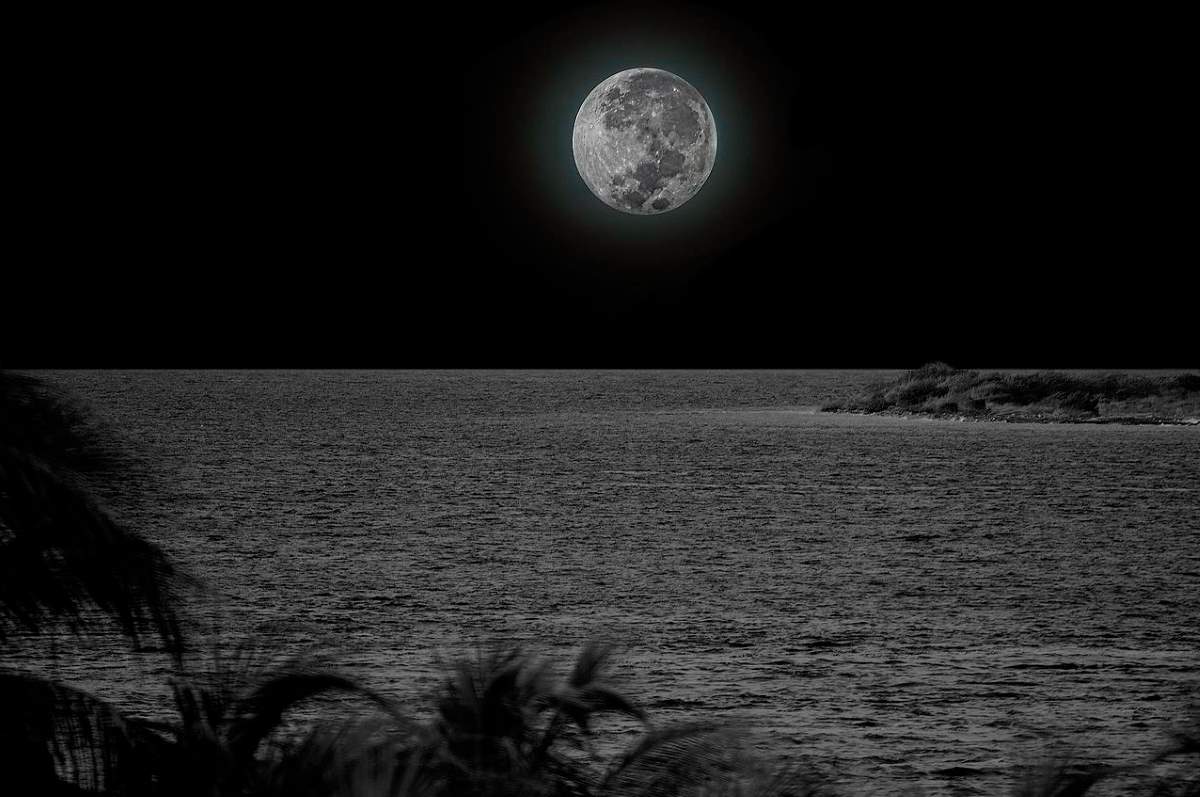Another “putting things into perspective” video which I liked, shows how big space is, and actually how far the nearest stars are from us.
Category Archives: Solar System
Two neutron stars collided near the solar system 4.6 billion years ago
According to a new study published in the May 2, 2019 issue of Nature, 4.6 billion years ago, two neutron stars collided near the early Solar System (actually about 1000 light-years from the gas cloud that eventually formed the Solar System). This violent collision has created heavy elements like silver, gold, platinum, cesium, and uranium. …
Continue reading “Two neutron stars collided near the solar system 4.6 billion years ago”
Timelapse of the future [an amazing video!]
Melodysheep published an amazing video titled “Timelapse of the future: a journey to the end of time”. This experience takes us on a journey to the end of time, trillions of trillions of years into the future, to discover what the fate of our planet, our sun, and our universe may ultimately be. If this …
Continue reading “Timelapse of the future [an amazing video!]”
Meteor which blasted over the Bering Sea was recorded by a satellite
On December 18, 2018, at around noon local time, a meteor about 10 meters (30 feet) long and weighing more than 1,500 tons, plunged into Earth’s atmosphere. It exploded over the Bering Sea and released energy equivalent to 173 kilotons of TNT – at least ten times more powerful than “Little Boy”, the atomic bomb …
Continue reading “Meteor which blasted over the Bering Sea was recorded by a satellite”
Top 10 Largest Non-Planets in the Solar System
The Solar System is a vast and fascinating place that is home to a diverse range of celestial bodies, ranging from small asteroids to giant planets. However, there are also a number of objects that fall somewhere in between – they are not planets, but they are also not small enough to be considered asteroids …
Continue reading “Top 10 Largest Non-Planets in the Solar System”
How large the Sun looks from other planets [Apparent Size of the Sun]
Have you ever wondered what the Sun would look like from the other planets in our solar system? Here is a visual showing the apparent size of the Sun from the planets of the solar system, including Earth.
FarFarOut: the new farthest object in our solar system
Meet Farfarout: in December 2018, astronomers discovered the farthest known object in our solar system, which is about 120 times farther than Earth is from the Sun (120 Astronomical Units -AU) and named it “Farout” (far-out-there). But its record didn’t last long. Now, while searching for the hypothetical Planet X, Scott Sheppard, an astronomer at …
Continue reading “FarFarOut: the new farthest object in our solar system”
Moon Drawings of Galileo Galilei (1609)
Italian astronomer, physicist, engineer, and polymath Galileo Galilei’s (15 February 1564 – 8 January 1642) moon drawings. These were the first realistic images of the Moon, due to Galileo’s training in art and an understanding of chiaroscuro (a technique for shading light and dark) he understood that the shadows he was seeing were actually mountains …
Shadow of the Moon during a solar eclipse (amazing video)
This… is… amazing! Astrophotographer Martin Junius recorded this stunning video of the total solar eclipse on March 20, 2015, during the E-Flight AB 1000. In the video, you can see the shadow of the moon moving across the clouds below. The plane was 35,000 feet (10,600 meters) above the Northern Atlantic / Norwegian Sea when …
Continue reading “Shadow of the Moon during a solar eclipse (amazing video)”
Earth without Moon: what would it be like?
The Moon is the Earth’s only natural satellite. It is also the fifth-largest natural satellite in the Solar System and the largest among planetary satellites relative to the size of the planet that it orbits. It formed about 4.51 billion years ago from the debris left over after a giant impact between Earth and a …
Continue reading “Earth without Moon: what would it be like?”


